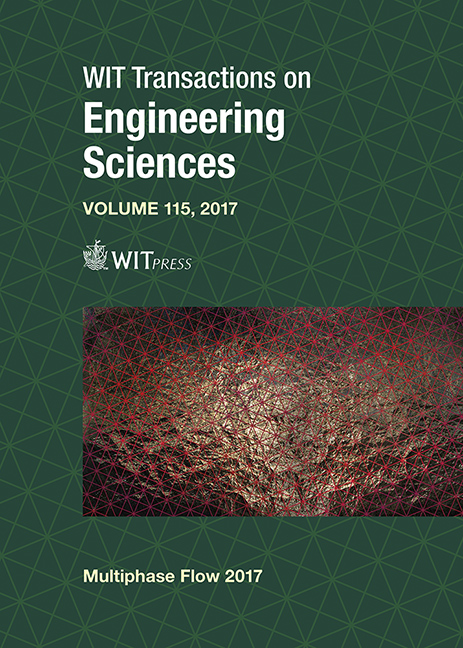MULTI-FLUID MODEL FOR SUSPENSION FILTRATION IN POROUS MEDIA: EFFECTS OF PARTICLE TRAPPING AND MOBILIZATION
Price
Free (open access)
Transaction
Volume
115
Pages
7
Page Range
153 - 159
Published
2017
Size
1,018 kb
Paper DOI
10.2495/MPF170161
Copyright
WIT Press
Author(s)
KRISTINA I. TOLMACHEVA, SERGEI A. BORONIN, ANDREI A. OSIPTSOV
Abstract
We present the further development of the multi-fluid model of suspension filtration in porous media. The model is derived from conservation laws in the multi-fluid approach, where the three phases, namely the carrier fluid, the suspended particles, and the particles trapped in pores, are treated as three different continua described by hydrodynamic variables. Fluid fluxes through large pores of the porous medium and through narrow pores of the packed bed of deposited particles are explicitly taken into account by introducing two permeabilities. These are the key novel features which distinguish it from the classical deep bed filtration model. The model predictions are compared with laboratory data sets on the contamination of core samples. The most recent progress in the model development is mainly in taking into account particle mobilization and compressibility of the fluid. Applications of the model are primarily in the oil and gas industry: drilling mud invasion and cleanup in the near-wellbore zone, suspension filtration in propped hydraulic fractures, as well as permeability damage and recovery in the near-wellbore zone of injection wells, which are used to maintain reservoir pressure.
Keywords
suspension, fines migration, filtration, trapping, mobilization, critical velocity





